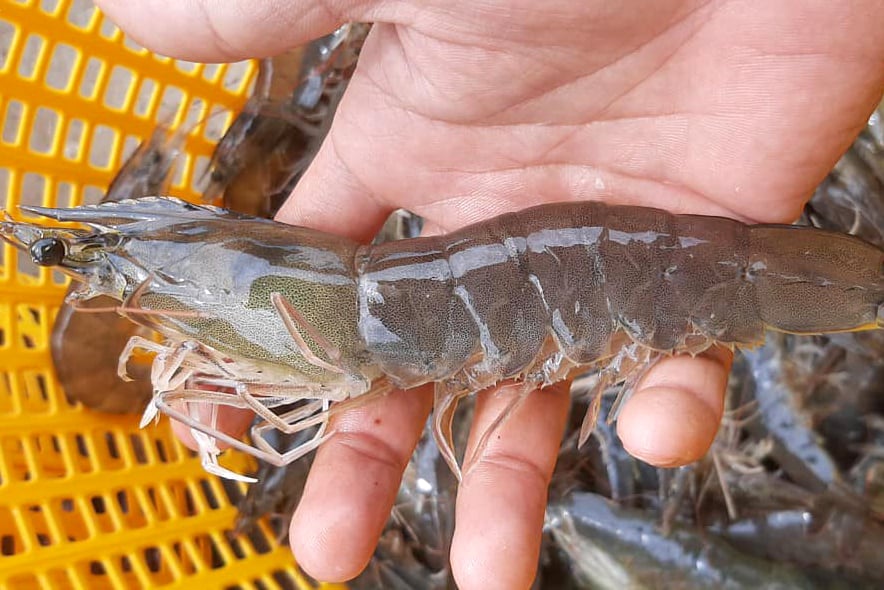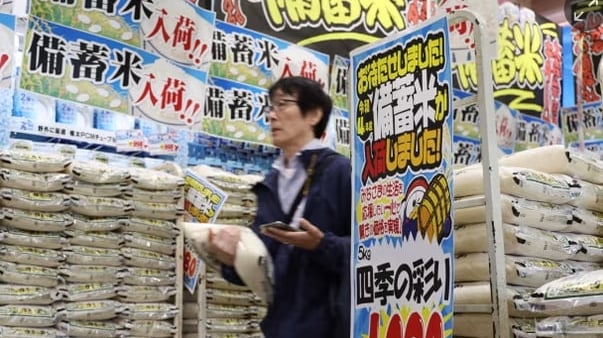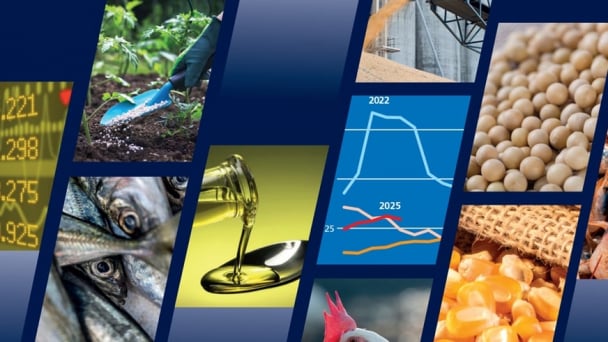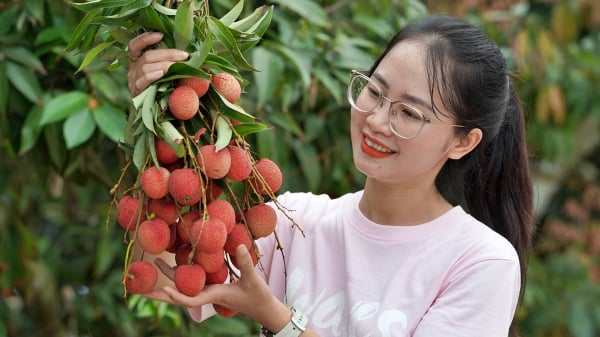June 19, 2025 | 05:53 GMT +7
June 19, 2025 | 05:53 GMT +7
Hotline: 0913.378.918
June 19, 2025 | 05:53 GMT +7
Hotline: 0913.378.918

Large-sized whiteleg shrimp at a farm in Can Duoc, Long An. Photo: Son Trang.
Shrimp is Vietnam’s seafood item with the largest export value. In 2022, shrimp export turnover reached more than US$4 billion. However, shrimp was also the item with the strongest decline in exports in the first half of this year.
According to Mr. Truong Dinh Hoe, Secretary General of the Vietnam Association of Seafood Exporters and Producers (VASEP), in the first five months of this year, shrimp was the item with the strongest decline in export value among the main seafood commodities. To be more specific, shrimp exports reached US$1.2 billion in five months, down 34% compared to the same period last year. Meanwhile, pangasius exports decreased by 30%, tuna exports decreased by 31%, and squid and octopus exports decreased by 13%.
Exports of key shrimp species all fell sharply. Of which, the export value of whiteleg shrimp reached about US$900 million, down 36%; that of giant tiger prawn reached US$180 million, down 29%; and that of lobster and other marine shrimp species reached US$134 million, down 41%.
Shrimp exports to the main markets all decreased by 28–50%. In which the US and EU are the two markets with the deepest decline: 44% and 49%, respectively. Shrimp exports to China decreased by 25%.
Due to the difficulties related to markets, the price of Vietnam's exported shrimp fell sharply in the first five months of this year. In particular, the price of whiteleg shrimp exported to the US at the beginning of this year fell by more than 7% compared to the same period last year. The export price for this shrimp species decreased by 15-20%. Despite the decrease in prices, in the US and EU markets, it is still difficult for Vietnamese shrimp to compete with Ecuadorian and Indian shrimp because the export price of Vietnamese shrimp is still US$1.5–2/kg higher than that of the same type in these two countries.
Vietnam's shrimp exports to Japan and South Korea (28% and 30%, respectively) have a smaller decrease compared to exports to the US and EU. Despite the sharp decline, these two markets still choose Vietnamese shrimp as their first supplying source because Vietnam’s shrimp industry has advantages in processing value-added products that Ecuador and India cannot compete with.

High-tech shrimp farming at a farm in Ba Ria-Vung Tau. Photo: Son Trang.
Mr. Do Ngoc Tai, CEO of Taika Seafood Corporation, said that the sharp drop in shrimp exports was caused by inflation and an increase in global interest rates, leading to a slowdown in shrimp consumption. Slow shrimp consumption leads to a large amount of shrimp in stock, so distributors in import markets are having to promote their inventory clearance. The EU is the market with the strongest decrease because of not only the above reasons but also the impact of the prolonged Russia-Ukraine conflict, which caused the devaluation of the Euro against the USD.
In spite of a sharp decrease in the first five months of the year, the decline in shrimp exports tends to slow down. If in January, shrimp export value decreased by 55% over the same period in 2022, the decrease level was 35% in April and 28% in May over the same period.
Regarding Vietnam's shrimp exports in the second half of the year, Mr. Do Ngoc Tai said that the exports to the US market may increase slightly from August to meet the consumption demand at year-end festivals. Demand in the EU market will increase slightly in the last months of the year. The Japanese market will increase slightly in the following months, especially from September to December. The Chinese and Korean markets will also stabilize and increase imports in the coming months.
According to the Ba Ria-Vung Tau Department of Agriculture and Rural Development, many businesses are investing in high-tech shrimp farming in this province. By the end of 2022, Ba Ria-Vung Tau had 19 establishments for commercial aquaculture (mainly shrimp farming) and production of aquatic seeds (mainly shrimp seed) with high-tech applications, with a total area of about 410 ha.
Typical enterprises in the development and application of high-tech shrimp farming in Ba Ria-Vung Tau include C.P. Vietnam, Minh Phu Aquaculture Co., Ltd., Phuoc Hai Seafood JSC., Manh Cuong Aquaculture Co., Ltd., Quyet Thang Agricultural Cooperative, Lien Giang Farm, Thai Ha Farm, Ngoc Tung Co., Ltd., etc.
High-tech shrimp farming in Ba Ria-Vung Tau is applying technologies, including super-intensive biological shrimp farming technology, water circulation, the use of modern water purification systems, the application of Israel's farming management and control techniques, 3-clean processes, super-intensive shrimp farming technology with a density of 250–500 shrimp/m2 and 3-5 crops/year, etc.
Translated by Huyen Vu Thu
/2025/06/17/2344-1-131758_261.jpg)
(VAN) Amid tariff risks and growing trade barriers in the U.S. market, Australia is emerging as a promising destination to sustain the growth momentum of Vietnam's shrimp exports.
/2025/06/17/2013-1-nongnghiep-112009.jpg)
(VAN) This notable growth trend reflects the global taste for fresh, nutritious fruits and the expanding use of lychees across various sectors.

(VAN) The political and cultural insulation of Japan’s beloved grain is falling apart, and experts warn the country’s relationship with the staple will have to adapt.

(VAN) Noting risks, report examines impacts of avian influenza, changing trade patterns since 2022, fish fraud, and shipping industry’s net-zero goals.

(VAN) Mr. Tran Quang Bao, General Director of the Forestry and Forest Protection Department, met and worked with the International Wood Products Association to promote cooperation in the field of timber trade.

(VAN) China's outbound shipments of rare earths in May jumped 23% on the month to their highest in a year, though Beijing's export curbs on some of the critical minerals halted some overseas sales.

(VAN) To sustain capital flow, administrative reform alone is not enough; what farmers truly need is an ecosystem where both government and businesses grow together in support.